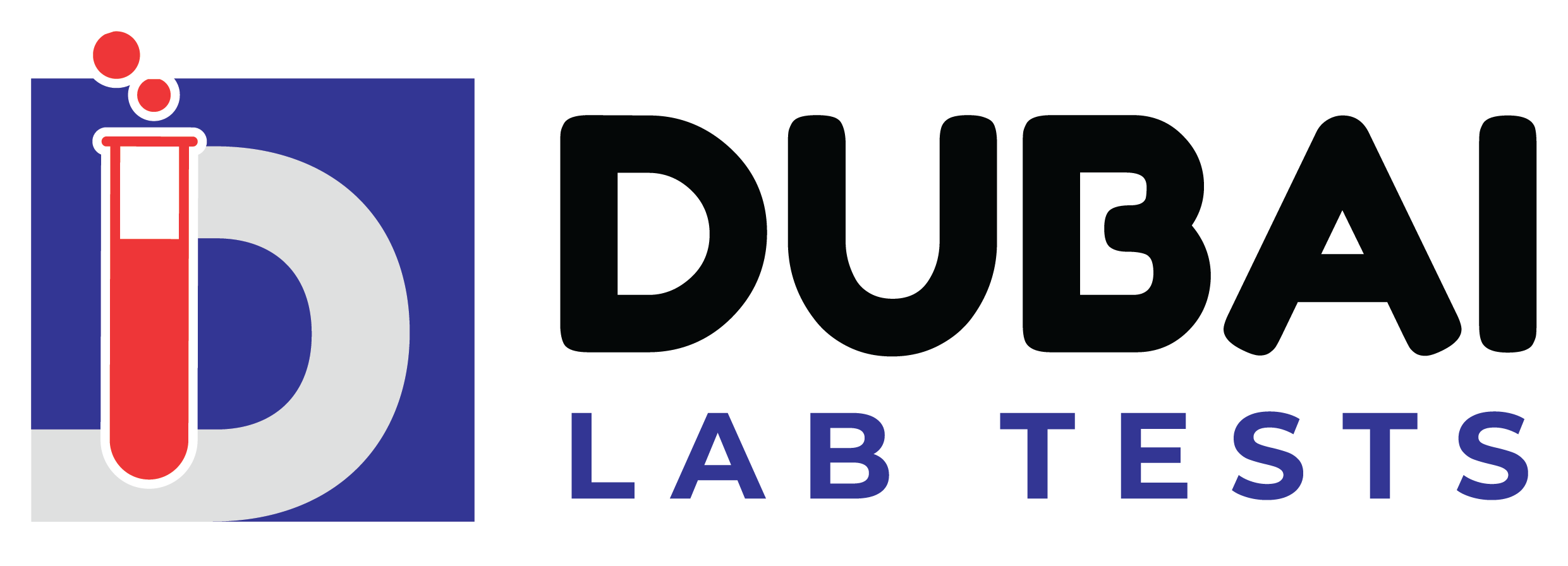Just as knowledge is power, early detection through diabetic profile testing can be life-saving. Monitoring blood sugar levels and key indicators can identify diabetes in its early stages, allowing for timely intervention and proactive management. The benefits of early detection go beyond just preventing the onset of diabetes, as it also helps in reducing the risk of complications such as heart disease, kidney problems, and nerve damage. Stay informed, stay vigilant, and prioritize your health through diabetic profile testing.
Key Takeaways:
- Early Detection is Crucial: Diabetic profile testing can help detect diabetes at an early stage when it is more manageable.
- Prevent Complications: Early detection allows for timely interventions to prevent complications such as nerve damage, heart disease, and kidney failure.
- Improve Quality of Life: Identifying diabetes early through profile testing can lead to better management of the condition and an improved quality of life.

The Importance of Early Detection
Identifying Risk Factors
While diabetes can often go undetected in its early stages, identifyingrisk factors is crucial for early detection. Common risk factors include obesity, family history, high blood pressure, and physical inactivity. This information can help individuals and healthcare providers understand the likelihood of developing diabetes and the importance of regular screenings. This proactive approach can lead to early diagnosis and better management of the condition.
Preventing Complications
Identifying potential complications of diabetes is crucial in preventing more serious health issues. This includes nerve damage, kidney disease, vision loss, and cardiovascular problems. Understanding these risks can motivate individuals to make necessary lifestyle changes, such as maintaining a healthy diet, exercising regularly, and monitoring blood sugar levels. Early detection through diabetic profile testing plays a critical role in preventing these complications and improving overall health outcomes.
1. Early detection lowers risk of complications.
2. Improve management of diabetes.
3. Prevent long-term health issues.
4. Personalized treatment plans possible.
5. Early intervention leads to better outcomes.
6. Regular testing aids in monitoring and control.
What is Diabetic Profile Testing?
Even Early detection of type 2 diabetes risk: limitations of current methods highlight the importance of diabetic profile testing to identify potential diabetes risks and take proactive measures.
Definition and Purpose
Profile testing involves a series of tests that help assess an individual’s risk of developing diabetes. The purpose is to detect early signs of diabetes or prediabetes before symptoms occur, enabling timely intervention.
Types of Tests Included
Included in a diabetic profile test are tests such as fasting blood glucose, oral glucose tolerance test, A1C test, lipid profile, and kidney function tests. Knowing the results of these tests can provide valuable insights into an individual’s overall health and diabetes risk.
| Fasting Blood Glucose | Oral Glucose Tolerance Test |
| A1C Test | Lipid Profile |
| Kidney Function Tests |
Benefits of Early Detection through Diabetic Profile Testing
Improved Treatment Outcomes
Not detecting diabetes early can lead to complications like heart disease and nerve damage. On the other hand, early detection through diabetic profile testing allows for timely intervention and better management of the condition, leading to improved treatment outcomes.
Enhanced Patient Care
Treatment for diabetes can be more effective when started early. Another benefit of early detection is that it enables healthcare providers to offer personalized care plans that can improve the quality of life for patients.
Cost-Effective Healthcare
Detection of diabetes at an early stage can save on healthcare costs in the long run. Testing through diabetic profile testing can help prevent expensive complications associated with uncontrolled diabetes, making it a cost-effective approach.
Increased Patient Awareness
Patient education plays a crucial role in the management of diabetes. Early detection through diabetic profile testing can raise awareness about the condition, empowering patients to make improved lifestyle choices for better health outcomes.
Summing up
From above discussion, it is evident that there are numerous benefits to early detection through diabetic profile testing. By identifying potential risks and implementing preventive measures, individuals can better manage their condition and improve their quality of life. Regular monitoring and follow-ups are crucial in maintaining good health and preventing complications associated with diabetes.
FAQ
Q: What is the importance of early detection through diabetic profile testing?
A: Early detection through diabetic profile testing is crucial because it allows for timely intervention and management of diabetes. By identifying abnormalities in blood sugar levels and other markers, individuals at risk can take proactive steps to prevent the progression of the disease.
Q: Who should consider getting a diabetic profile test?
A: Individuals with a family history of diabetes, those who are overweight or obese, and individuals with sedentary lifestyles should consider getting a diabetic profile test. Additionally, anyone experiencing symptoms such as frequent urination, excessive thirst, or unexplained weight loss should consult their healthcare provider for testing.
Q: What does a diabetic profile test typically involve?
A: A diabetic profile test usually involves a series of blood tests to measure fasting blood sugar levels, hemoglobin A1c, and lipid levels. These tests help healthcare providers assess the risk of diabetes and cardiovascular disease. Depending on the results, further tests or consultations may be recommended for proper diagnosis and treatment.



